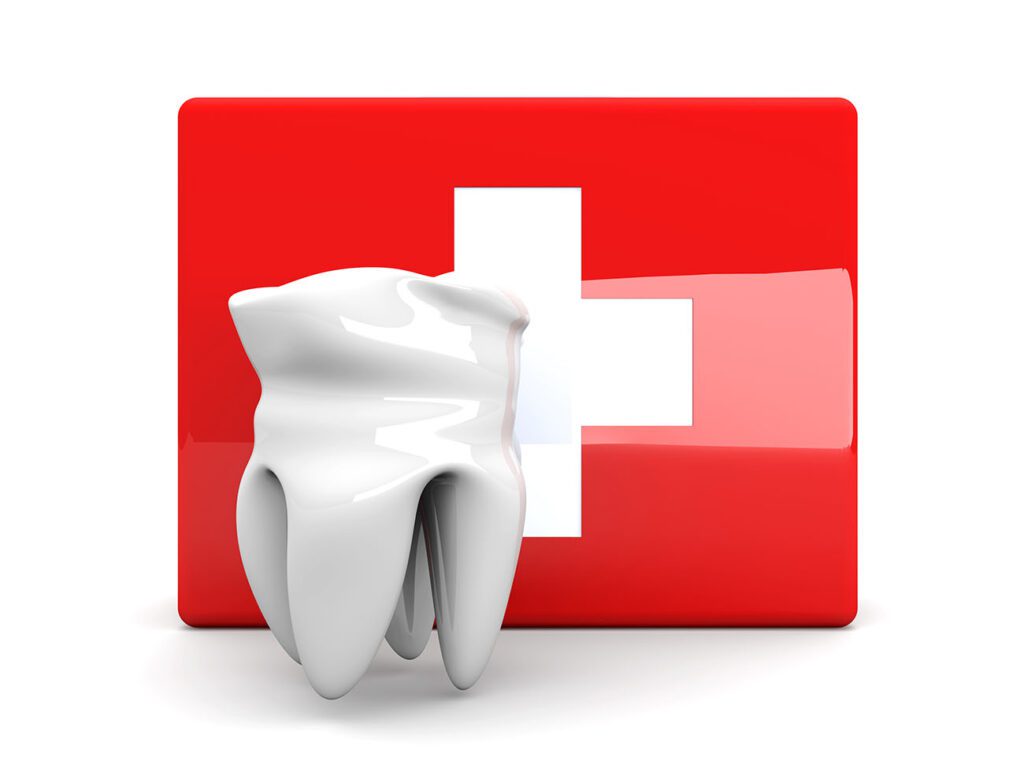Dental emergencies can happen anytime, often when you least expect it. Knowing when to see an emergency dentist is key to keeping your teeth and mouth healthy. This guide will help you understand which situations call for immediate dental care. Acting fast can stop problems from getting worse and help you get the best outcome possible.

When you Have Severe Tooth Pain
Intense tooth pain can be a sign of a serious issue that needs quick care. If regular pain relievers don’t help, it’s best to see an emergency dentist right away. This type of pain can come from an infection, an abscess, or a deep cavity. Ignoring it may lead to bigger problems that could damage the tooth or spread the infection. An emergency dentist can find the cause and treat the problem. They might do a root canal, remove the tooth, or give you antibiotics to clear up an infection.
When a Tooth Gets Knocked Out
A knocked-out tooth is a major dental emergency that requires fast action. Getting to an emergency dentist within an hour can give you the best chance of saving the tooth. If you can’t save it, starting treatment for a replacement as soon as possible is often best. In the meantime, keep the tooth moist by placing it in a glass of milk or holding it in your mouth between your cheek and gums.
When You Break or Chip a Tooth
A broken or chipped tooth can cause pain, sensitivity, and cosmetic issues. It also leaves the inner parts of the tooth exposed, which increases the risk of infection. An emergency dentist can repair and protect the tooth to prevent further damage. Depending on the size and location of the chip or break, they may use bonding, veneers, or a crown to restore the tooth’s look and function.
When You Feel a Loose Filling or It Falls Out
Losing a filling can leave your tooth open to decay and infection. Food and bacteria can easily get into the cavity, leading to more pain and potential damage. An emergency dentist can replace the filling and protect your tooth. They will also check if there are any reasons the filling came loose in the first place, as this could signal another problem. Acting fast can help you avoid needing more extensive work later.
When Your Gums Won’t Stop Bleeding
Bleeding gums may be a sign of gum disease, an injury, or another issue. If the bleeding is heavy or won’t stop, it’s time to see an emergency dentist. They can determine what’s causing it and start treatment to prevent further problems. The dentist might do a deep cleaning, give you medicine, or suggest changes in your daily care routine. Taking care of bleeding gums early can stop gum disease from getting worse.
When Your Jaw or Mouth Feels Swollen
Swelling in the jaw or mouth can mean there’s an infection, injury, or another serious problem. In some cases, it might point to a blocked salivary gland. An emergency dentist can help find the cause and reduce the swelling. Treatment could involve antibiotics, draining the area, or ordering additional tests if needed.
If You Lost a Crown or Bridge
Losing a crown or bridge can change how you bite down and cause discomfort. It also leaves the underlying tooth exposed to harm and decay. An emergency dentist can reattach or replace the crown or bridge and make sure there are no other issues with the tooth or surrounding area. Getting this fixed promptly will help prevent further issues and restore your bite.
Protecting Your Oral Health in an Emergency
Knowing when to see an emergency dentist can help protect your oral health and stop small problems from becoming big ones. Severe pain, knocked-out teeth, swelling, and other urgent symptoms call for fast action. Dental emergencies should never be ignored, as early treatment can lead to the best possible results.
Contact Integrated Dental in Sarasota to book an emergency appointment. Take quick action to keep your smile healthy and strong.
